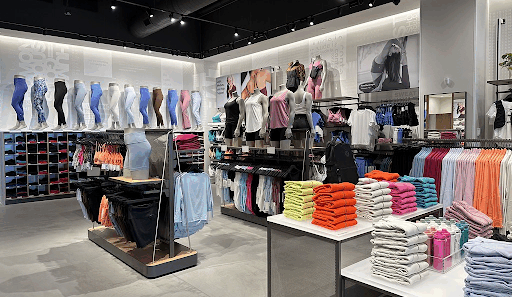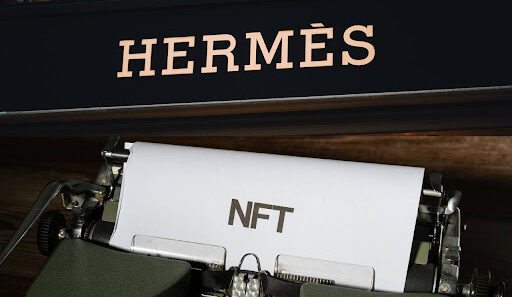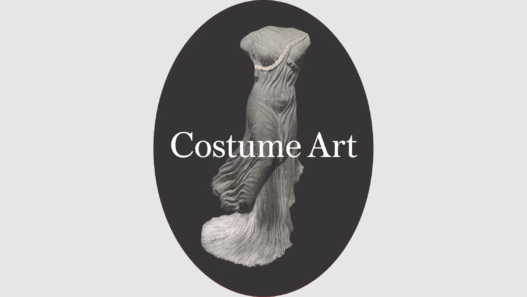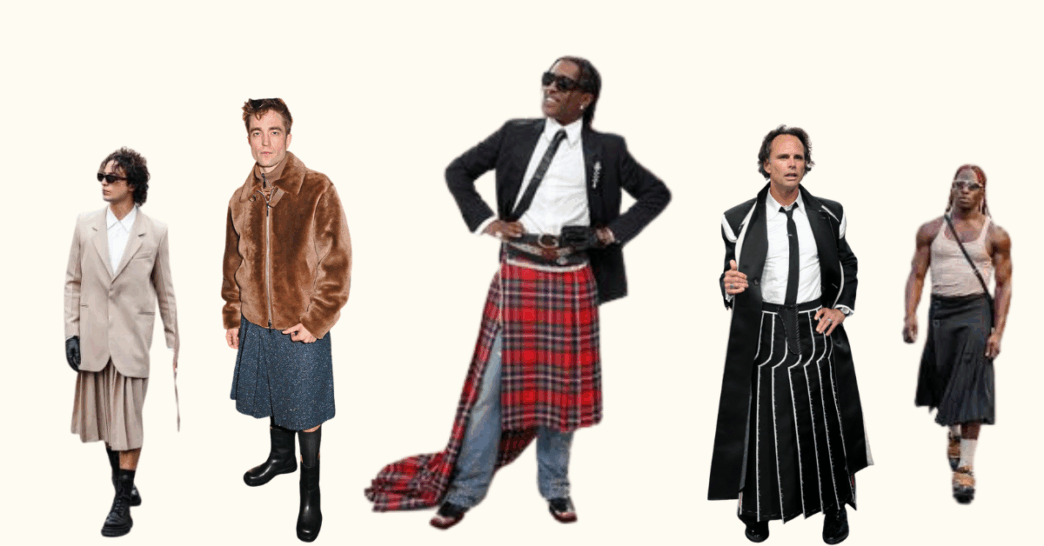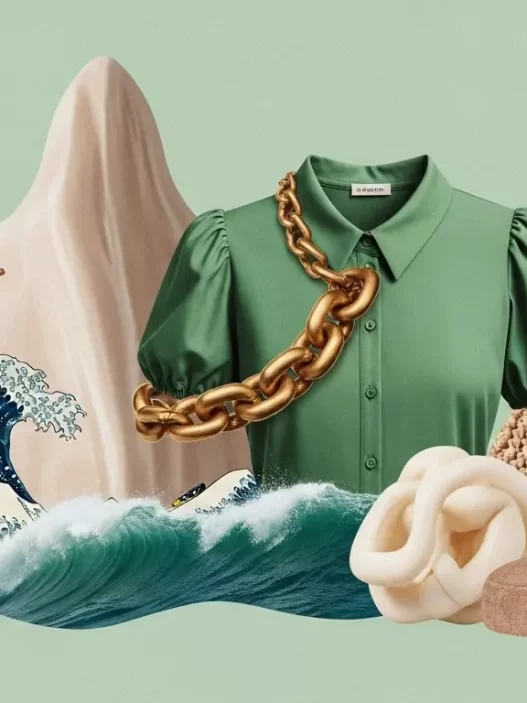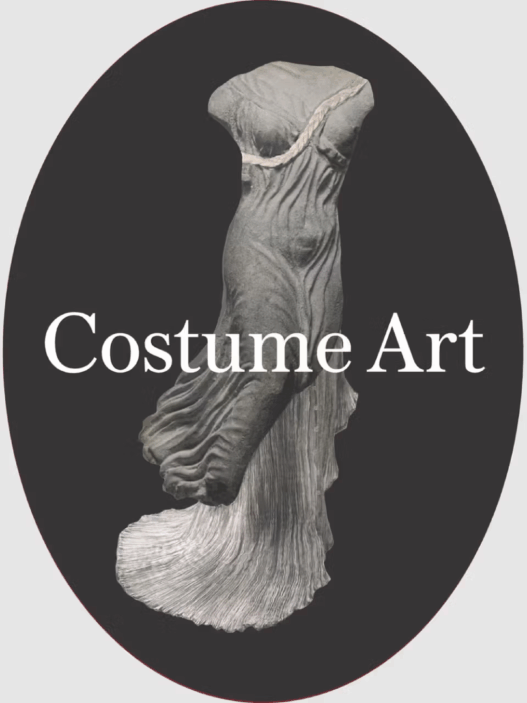For centuries, society dictated what was “appropriate” for men and women to wear. But in today’s global fashion landscape, these old rules are dissolving. Men pairing sneakers with pleated skirts or donning kilts at formal events don’t just catch attention; they embody a seismic shift in how we define gender, self-expression, and personal freedom.
Skirts for Men: From Taboo to Trending
The sight of men wearing skirts no longer shocks the way it once did. On runways, red carpets, in music videos, and city streets from Seoul to London, skirts on men are increasingly accepted, and even admired. The change is so pronounced that media outlets now urge readers to “drop the taboo” and embrace skirts as just another stylish wardrobe choice.
This is not about fleeting trends or one-off provocations. Social media, fashion influencers, and a new wave of designers have pushed the skirt into a spotlight where it’s not just accepted, but celebrated. Young men are finding inspiration in celebrities and public figures who openly challenge traditional masculinity, while older generations recall that centuries ago, men’s skirts and robes were historically common around the world.
Why the Change? Society, Comfort, and Self-Expression
Society itself is evolving. As conversations around gender, identity, and acceptance have moved to the mainstream, the boundaries that once hemmed in “men’s” and “women’s” clothing are fading. Fashion, always a reflection of social change, is now an arena where comfort, creativity, and authenticity matter just as much as convention.
-
Comfort: Many men are drawn to skirts for practical reasons: breathability, freedom of movement, and relief from hot weather or restrictive trousers.
-
Identity and Expression: In an era where personal authenticity is prized, clothing is increasingly seen as a tool for self-expression, not a rigid social code. Men’s skirts, from utilitarian kilts to playful miniskirts, become a canvas for articulating individuality and confidence.
-
Cultural Conversation: Rather than “dressing for gender,” today’s wearers dress to express who they are and how they feel; sometimes political, sometimes playful, always personal.
Fashion’s Gender-Fluid Future Isn’t a Fad
The embrace of skirts by men has deep sociological roots. In recent years, high fashion brands like Rick Owens, Comme des Garçons, and Givenchy have included skirts for men in their collections, but this trend runs much wider. From traditional garments like the Scottish kilt or the South Asian lungi, to hip hop artists like A$AP Rocky and Harry Styles wearing skirts publicly, the message is clear: It’s about time that fashion truly reflects the diversity of people who wear it.
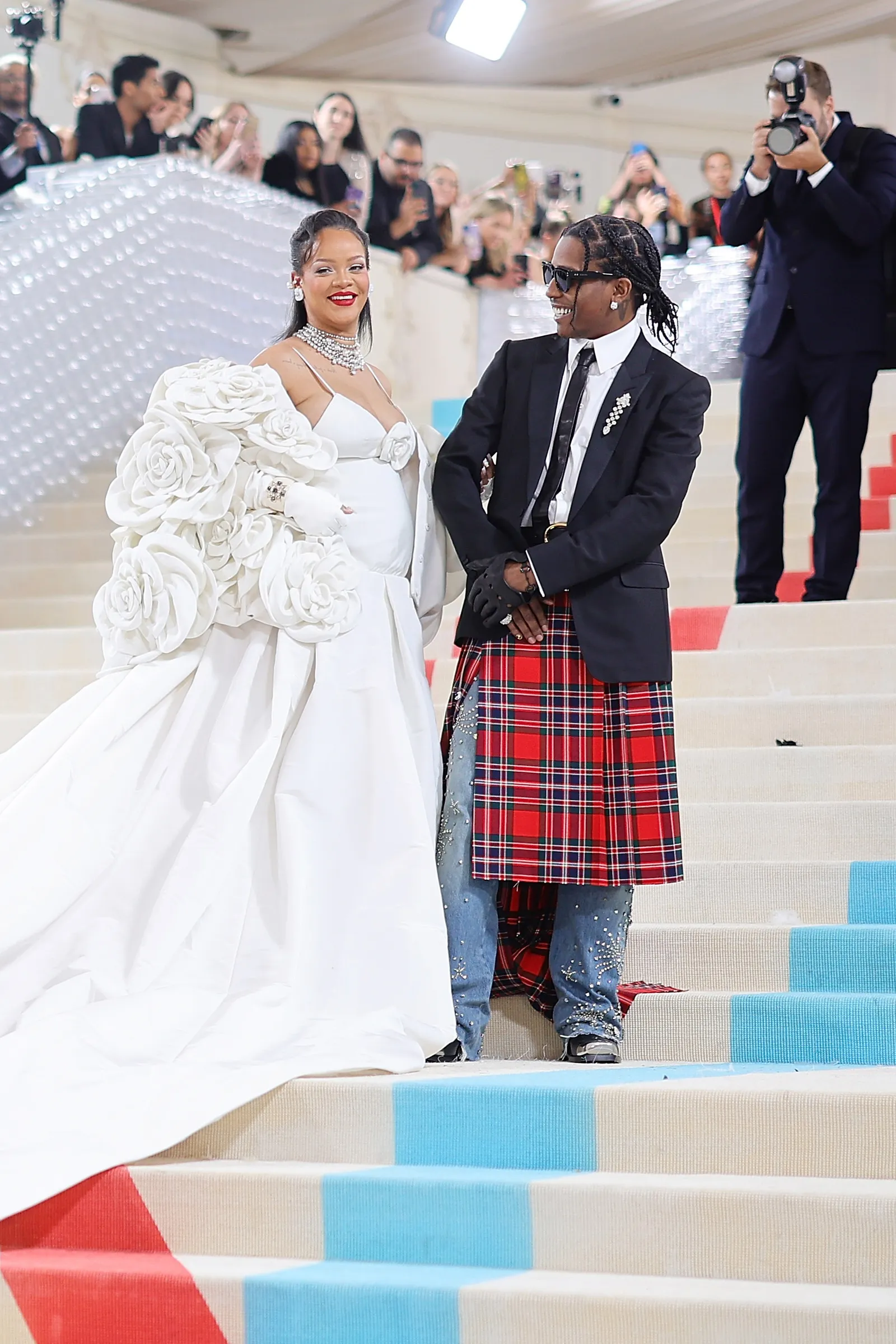
This doesn’t mean all gender norms are vanishing overnight. Some see stares, encounter questions, or experience online criticism, but acceptance is surging. The discussion has moved far beyond whether men “should” wear skirts, to why anyone ever thought they couldn’t.
Expression on Your Own Terms: The World Today
What has changed is not just runway style, but the world. Gen Z and Millennials increasingly reject binary rules in favour of a more inclusive, pluralistic view of gender and selfhood. In this new social landscape:
-
Clothing is less about signalling group conformity and more about asserting personal story, culture, or comfort.
-
The stigma of “dressing differently” is weakening, replaced by the idea that authenticity is admirable.
-
The workplace, schools, and public spaces are gradually adapting, recognising that self-expression through clothes is a part of a healthier, more inclusive society.
The Bottom Line: Embracing the Skirt Means Embracing Progress
There’s nothing inherently radical about wearing a skirt. What’s truly radical is erasing the shame, fear, and social policing that kept people from expressing themselves. When men (and people of all genders) choose what feels comfortable, joyful, and true for them, everyone wins. Fashion’s future may be genderless, but its present is about freedom: freedom to be seen, to be expressive, and to belong.
As with any social change, progress takes time. But as old taboos fade, the skirt’s journey from scandal to symbol of modern selfhood is proof of how far we’ve come.
The future? It’s wide open.
And so is the wardrobe.



